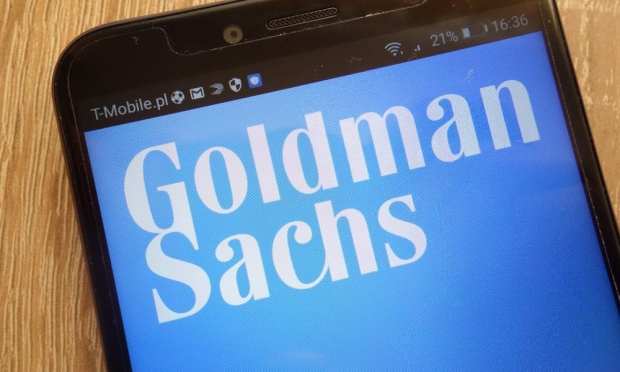Goldman’s Reporting Revamp Spotlights Its Consumer Focus

If you can’t beat ’em, join ’em — at least when it comes to reporting structure.
To that end, investment banking giant Goldman Sachs said it has revamped its reporting into new segments. By creating new divisions, the company may be training a brighter spotlight on its consumer banking efforts. And in doing so, the firm is fashioning itself in a way that may more closely resemble peers, and give investors a way to compare Goldman to, say, JPMorgan and others.
Goldman said in a filing with the Securities and Exchange Commission that it had created a Consumer and Wealth Management unit. That unit will include the company’s online lending platform, Marcus, and credit card business, the latter of which is done through a joint venture with Apple.
In the filing, known as an 8-K, Goldman said it would commence with the new reporting with its fourth quarter 2019 results.
And in another move, the company has eliminated its investing and lending, which comes as CNBC said results were often discounted by investors “because profits were difficult to predict.”
In a nod to revamped reporting of traditional lending activities, the filings note that interest income will be spread across operating segments, and equity investments will be tied to a newly renamed asset management unit.
By shifting Marcus and credit cards from the investing and lending segment to the new segment, Consumer and Wealth Management, Goldman is positioning itself anew, showcasing how digitally focused and consumer focused the Wall Street titan has become.
Drilling down into the numbers, consolidated and presented in the filing, Goldman reported that within Consumer and Wealth Management, total wealth management revenues stood at $1.1 billion for the quarter that ended Sept. 30, 2019. That is a bit above the $1 billion seen in the June quarter, and very slightly below the $1.1 billion seen in December 2018. Consumer banking, overall, contributed $217 million in the September quarter, slightly above the $216 million reported in the June 2019 quarter.
The Wall Street Journal reported Tuesday that the moves help “peel back the curtain” on Goldman’s lending activities and its consumer efforts, and represent a bid to present results in a way that mirror banking peers, such as JPMorgan. Against that backdrop, it seems that at least one goal is to boost the stock price.
Goldman’s consumer efforts — and its digital efforts — as detailed by PYMNTS in the wake of the latest earnings report, have necessitated heavy investments. Management said on the earnings call that technology-related expenses came in at $282 million in the quarter, up 13 percent year on year, and stand at $859 million as of September 2019. That includes Marcus and the Apple Card. Marcus itself continues to show growth, with deposits at $55 billion, doubling since the same period at the end of last year, and alongside $5 billion in loans. Yet Marcus has lost $1.3 billion across three years.
It’s likely that Goldman will unveil financial targets for its revamped structure at the end of the month when it is slated to hold an investor day. In the meantime, the push downstream into consumer banking and into the Apple Card comes as the field is getting a bit crowded. Consider the fact that Google has said it would offer checking accounts.
And for Goldman, thus far, the road has been a bit bumpy, as the algorithms behind the Apple Card have cited as offering up evidence of gender bias.
In the meantime, and on the macro stage, the U.S. consumer continues to spend, yes, but one wonders how much runway there is left in an economic expansion that has passed the decade mark. Might it be the case that the spotlight will shine on some rough patches, moving into a new decade and a new perch as a digital bank?
